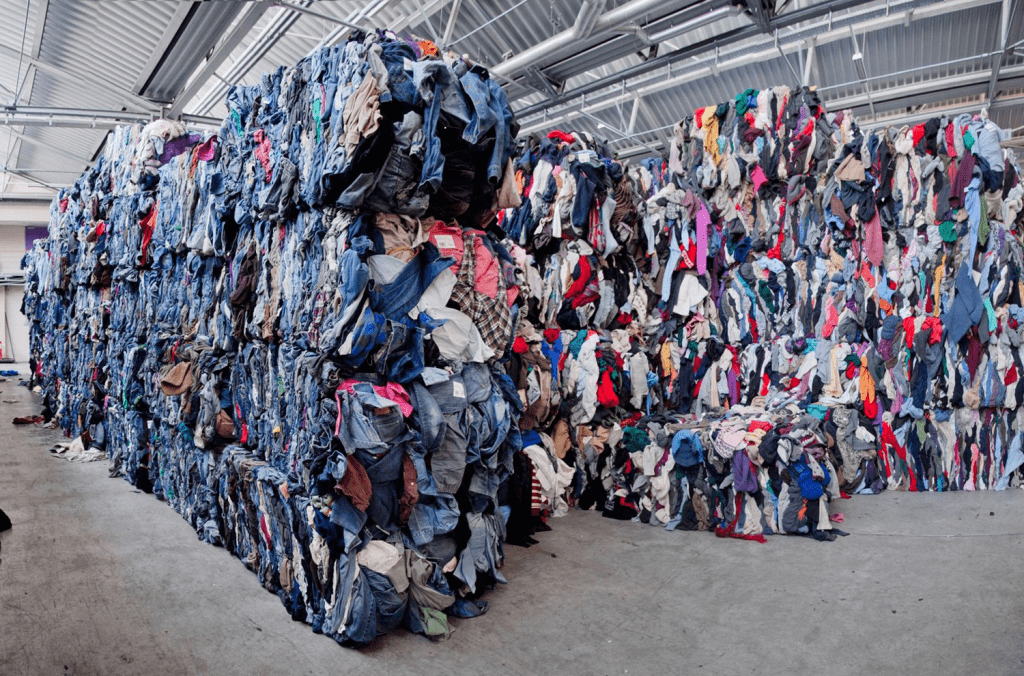Today’s column is by my buddy Bill Mooney. He has an entertainment and music industry merchandising company. called Tannis Root. He’s a good guy with a great business. He also has had the most kick ass industry parties to celebrate his decades in business and I got to see Sonic Youth, the Condo Fucks, Mudhoney and Redd Kross at his bashes. Sustainability is a word that is out there quite often these days, and I think he has a profound take on it.
In our current era, you can purchase a Rolling Stones T-shirt for $50 at a concert but you might pay just $9.99 at Target or H&M. It’s a confusing model that shows that the shirt itself has little value to consumers. The value is derived from the embellishment that has its own range of value, with the highest value as a memento of personal experience and the lowest being the shelves of a discount store.
At the turn of the previous century, clothes were expensive and valuable. Today, Sweden is incinerating unsold H&M clothing as fuel for a power plant. I was shocked when I heard this story on NPR (link: https://www.npr.org/2018/03/28/597750721/h-m-leaves-4-3-billion-in-unsold-inventory-on-the-racks). H&M has $4.3-billion in unsold stock and their challenge is this: How do you liquidate stock that is already too cheap? Consumers may consider a $9.99 T-shirt a good deal and a $2.99 T-shirt completely undesirable because, obviously, nobody else wants it. Take a moment and try to fathom what $4.3-Billion in extremely cheap clothes looks like. It’s also interesting that H&M defended the company by denying charges they were defacing unsold clothes and sending them to the landfill and stating they were, in fact, burning them in a power plant. More sustainable!

A day after hearing that story, I read an interview with one of the founders of Allmade T-shirts, describing how they want to change the perceived value of a t-shirt the way the value of a cup of coffee has changed in the past 20-years. Americans used to think of a coffee as a generic cup-of-joe that cost less than a buck; now most Americans don’t blink at routinely paying $5 for a coffee drink. That’s a good analogy because many of the reasons people are willing to pay more for coffee are due to the marketing of the origins and hands involved in the production. The origins of the beans are conveyed, conditions like free-trade, fair-trade, and shade grown are promoted, often local roasters are used and credited, and the barista’s labor is on display and apparent to the customer. The technology of coffee (freeze dried, instant, flavored) does not add value, it is the thoughtful practices and human involvement. Similarly, promoting the human involvement in manufacturing and decorating garments can become more important, especially in competing with digital decoration technologies.
I’ve encountered multiple accounts of writers like Dostoevsky and Orwell pawning their coats during hard times, which seems remarkable now. At the beginning of the last century, clothing was mostly handmade and much more expensive and was therefore considered valuable. Now, we own multiple pairs of Levi’s and multiple coats and their value to us has lessened. I’m not a luddite suggesting that we can return to a model of hand-tailored clothing but I am suggesting the H&M story bared the unsustainability of the model that clothing can become practically disposable yet still valued by customers. Screen printers and merchandisers are in the “value added” business and it’s increasingly important that we promote that added value rather than racing to the bottom by marketing the cheapest possible decorated garments.
-Bill Mooney


Great insight on this topic! I have this conversation all the time, but especially driving through Orlando or Las Vegas and looking at the gift shops that sell t-shirts 3 for $10. Then land back in Cleveland and go to The Restock boutique and see Supreme tees selling for $200+ Also, the t-shirt cannon still proves people will fight over a tee that doesn’t even fit them.